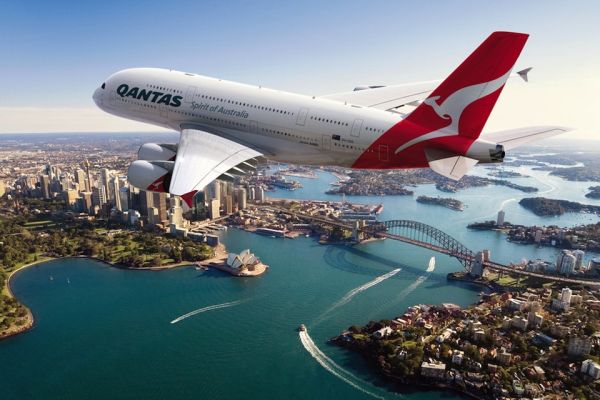Published on the 12/03/2015 | Written by Beverley Head

When it comes to big data, Qantas Loyalty is the big daddy – with up to 27 years’ of historical insights about 10.6 million members…
Each time Qantas Loyalty sends out an e-message to its members – 7 million each month – it issues about 50,000 variants, with each targetted to a subsection of its community.
Stephanie Tully, Qantas’s executive manager of the group brand and chief marketing officer said that this was giving the company much better traction. Speaking at AdTech in Sydney yesterday, Tully said; “The heart of what we are is a data and marketing business.”
And it’s a business that is paying off nicely for its parent airline, Qantas.
Tully said Qantas Loyalty was now delivering a consistent income for its parent – $286 million last year – largely through the sale of points to partners, which benefit from the deep engagement with consumers that Qantas can deliver.
The company’s experience with data has also led to the establishment of a new business unit, Red Planet, which was launched last year.
Tully said that Red Planet was a media analytics and research business providing clients, including Qantas, with analytic services.
“We know when someone is travelling to Thailand, and whether they have loaded their cash card, so we can serve very relevant offers.
“The combination of what we know about them online and the 27 years of history … enables you to focus on digital and beyond … the results in clicks and uplift are amazing.”
Qantas Loyalty data is also being served up to the airline’s front line staff using an app to allow them to deliver a more personalised service based on better understanding of flyers and their preferences.
But Tully said that while data insights were important, it was still critical to apply a creative approach to marketing and not rely totally on the data and science.
It was a view echoed by Joshua Spanier, marketing director for Google Marketing, responsible for building Google brand awareness who delivered an AdTech keynote. Spanier said that it was important to balance code-based marketing which made use of data analytics to send out targeted messages, with custom programmes.
As a general rule he said teams would be wise to devote 80 percent of their budget to hardcore media planning, but allocate it just 20 percent of time; while custom programmes and partnerships should receive just 20 percent of the budget, but 80 percent of the marketing team’s time.
He said that his team had analytics about whether people engaged with an online campaign, how long they engaged with it and whether there were resultant sales, but that Google was now also trying to work out the signals that might point to an overall brand lift by measuring issues such as contextual relevance, content quality, mouse hover times and session depth for example. Armed with that insight it would be possible to optimise brand campaigns he said.
While he declined to nominate which of those issues proved most useful he said that there was significant improvement in terms of brand recall in campaigns which were optimised.



























